Kazakh voters say “yes” to nuclear power
.png)
A historic referendum in Kazakhstan this past weekend showed that its citizens strongly support adding nuclear generation to the nation’s energy supply.

A message from Electrical Builders, Ind.
America’s Top Performing Nuclear Plants Rely on Electrical Builders, Industries to Expand and Extend the Life of Their Critical Electrical Assets
.png)
A historic referendum in Kazakhstan this past weekend showed that its citizens strongly support adding nuclear generation to the nation’s energy supply.

A white paper produced by Schneider Electric makes the case for using small modular reactors to meet the energy challenges of the data center sector. “Small Modular Nuclear Reactors Suitability for Data Centers,” by Marcin Wegrzyn and Steven Carlini, discusses the potential SMRs offer for supplying reliable, low-carbon energy to data centers, along with enhanced operational safety and improved energy resiliency, compared with renewable alternatives. However, to better evaluate SMR suitability for the continued technological advancement of data centers, an improved regulatory landscape, and ongoing international cooperation are necessary.
The Nuclear Regulatory Commission is seeking comment on a proposed rule for a generic environmental impact statement for licensing new reactors. According to the NRC, the statement uses a technology-neutral framework and plant/site parameters to identify environmental issues common to new reactors as well as those issues needing project-specific analysis.
![]() Here is a recap of industry happenings from the recent past:
Here is a recap of industry happenings from the recent past:
Collaboration on SMR-powered ships
The American Bureau of Shipping (ABS) and the Korea Ship & Offshore Plant Research Institute (KRISO) have formed a collaboration to advance the commercialization of ships powered by small modular reactors, as well as floating SMR power-generation platforms. ABS is to provide an analysis of regulatory guidelines and international standards for the design of SMR-powered ships. KRISO is to develop the core technologies for the ships, such as conceptual designs and propulsion systems, as well as a framework for integrated ship and nuclear power safety analysis. KRISO will also design a floating SMR power-generation platform together with a commercialization model for supplying stable power to island areas.
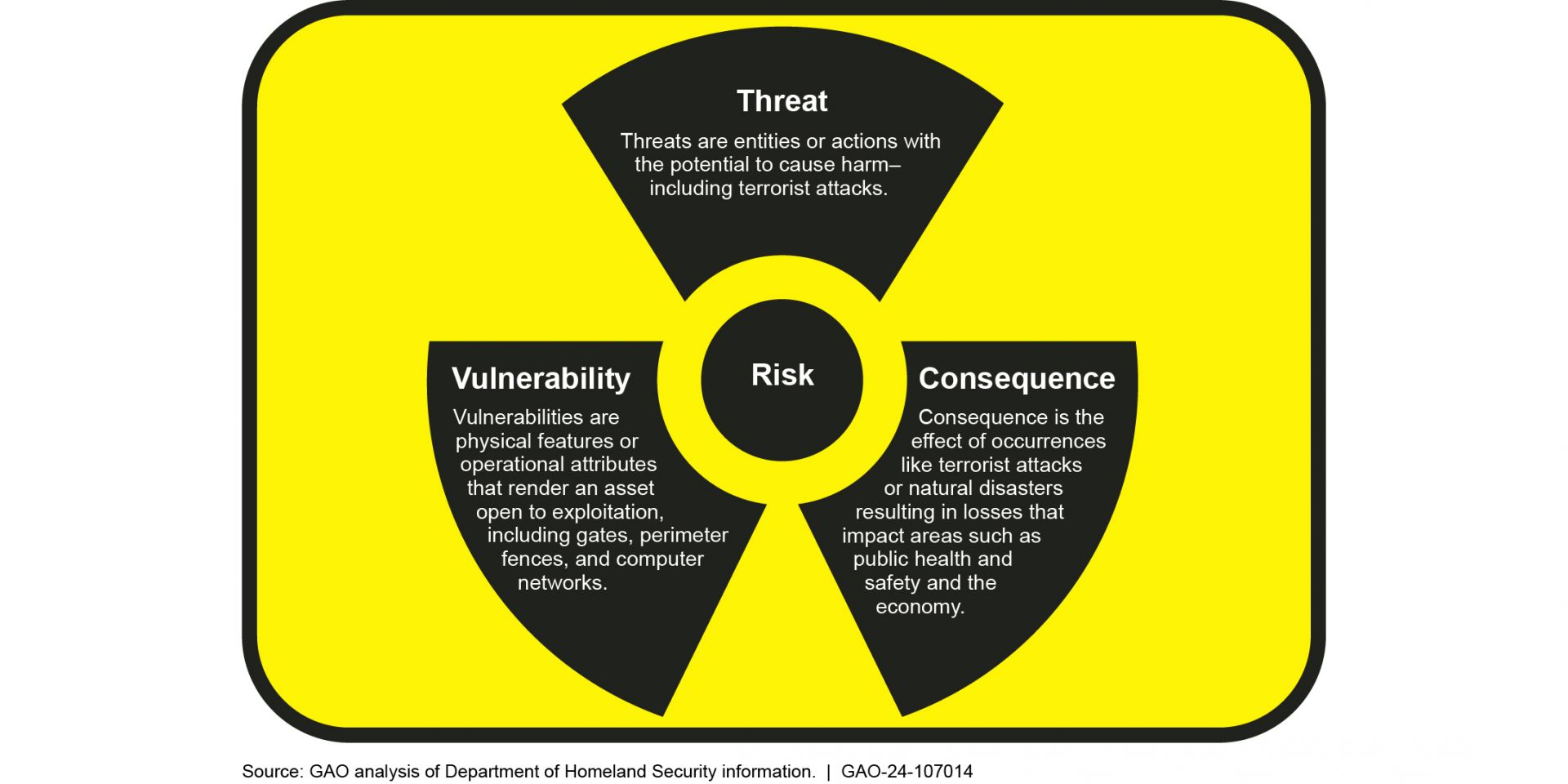
A new report from the U.S. Government Accountability Office finds that the Nuclear Regulatory Commission has not taken the steps needed to address the potential economic and societal radiological risks that could arise from a “dirty bomb.”
Key developments, emerging trends, challenges, and innovations in the field of health physics are the topic of a recently published article in Health Physics Journal. The authors of “The Future of Health Physics: Trends, Challenges, and Innovation,” Lekhnath Ghimire and Edward Waller, write that they hope to “foster dialogue and collaboration for the unpredictable yet exciting journey ahead” in health physics.
During some of his first public remarks last week, Japan’s new economy minister Yoji Muto promoted the importance of nuclear energy for his nation.
Muto said the new administration—including newly appointed prime minister Shigeru Ishiba—plans to restart “as many reactors as possible so long as they are safe,” reported NucNet, a nuclear-centered news agency in Brussels.
Beginning last week, the two Department of Energy offices responsible for the environmental cleanup of the department’s Hanford Site have been combined under a new name: the Hanford Field Office. Previously, management of the 586-square-mile site near Richland, Wash., was split between the Richland Operations Office and the DOE Office of River Protection (ORP).
Decommissioning begins on the closed Wisconsin power plant

In October 2012, Dominion Energy announced it was closing the Kewaunee nuclear power plant, a two-loop 574-MWe pressurized water reactor located about 27 miles southeast of Green Bay, Wis., on the western shore of Lake Michigan. At the time, Dominion said the plant was running well, but that low wholesale electricity prices in the region made it uneconomical to continue operation of the single-unit merchant power plant.
As evidenced by the well-attended Climate Week NYC, there is a growing awareness that nuclear energy must be incorporated into national energy strategies if net-zero goals are to be achieved. In recent years, green bonds have found solid footing in the world of energy finance. These eco-friendly issuances have evolved from supporting just wind and solar projects and are increasingly being used to power much-needed growth in the civil nuclear sector. Green bonds that have been issued over the past several years in Canada, France, Finland, and the United States are now being used to support investment in nuclear projects, from breathing new life into old reactors to in certain instances supporting nuclear new build projects. However, a question remains: Can this liquidity be deployed where and when it is needed most—to support ambitious new nuclear project buildouts?

TerraPower Isotopes, a subsidiary of Bellevue, Wash.–based TerraPower, announced it is now producing actinium-225 at commercial scale, making the medical isotope available to the pharmaceutical industry through weekly production runs. As a result, TerraPower Isotopes said its actinium, after further manufacturing, is now used in multiple drug developers’ radiopharmaceuticals in human clinical trials across the globe.

Between reactor restarts, a hoped-for tripling of nuclear energy by 2050, and advances in permanent solutions for radioactive waste disposal, the time is ripe for a close yet holistic look at the state of the nuclear industry. The present is informed by both future hopes and the inherited past—that is a key point in the upcoming workshop “Nuclear Revival and Legacies: Insights from Humanities and Social Science,” to be held October 21–22 in Champs-sur-Marne on the outskirts of Paris, France.
Westinghouse Electric Company has announced that it will create two new global business units from its Operating Plant Services business. Effective January 1, 2025, the new units will be Long-Term Operations and Outage & Maintenance Services.
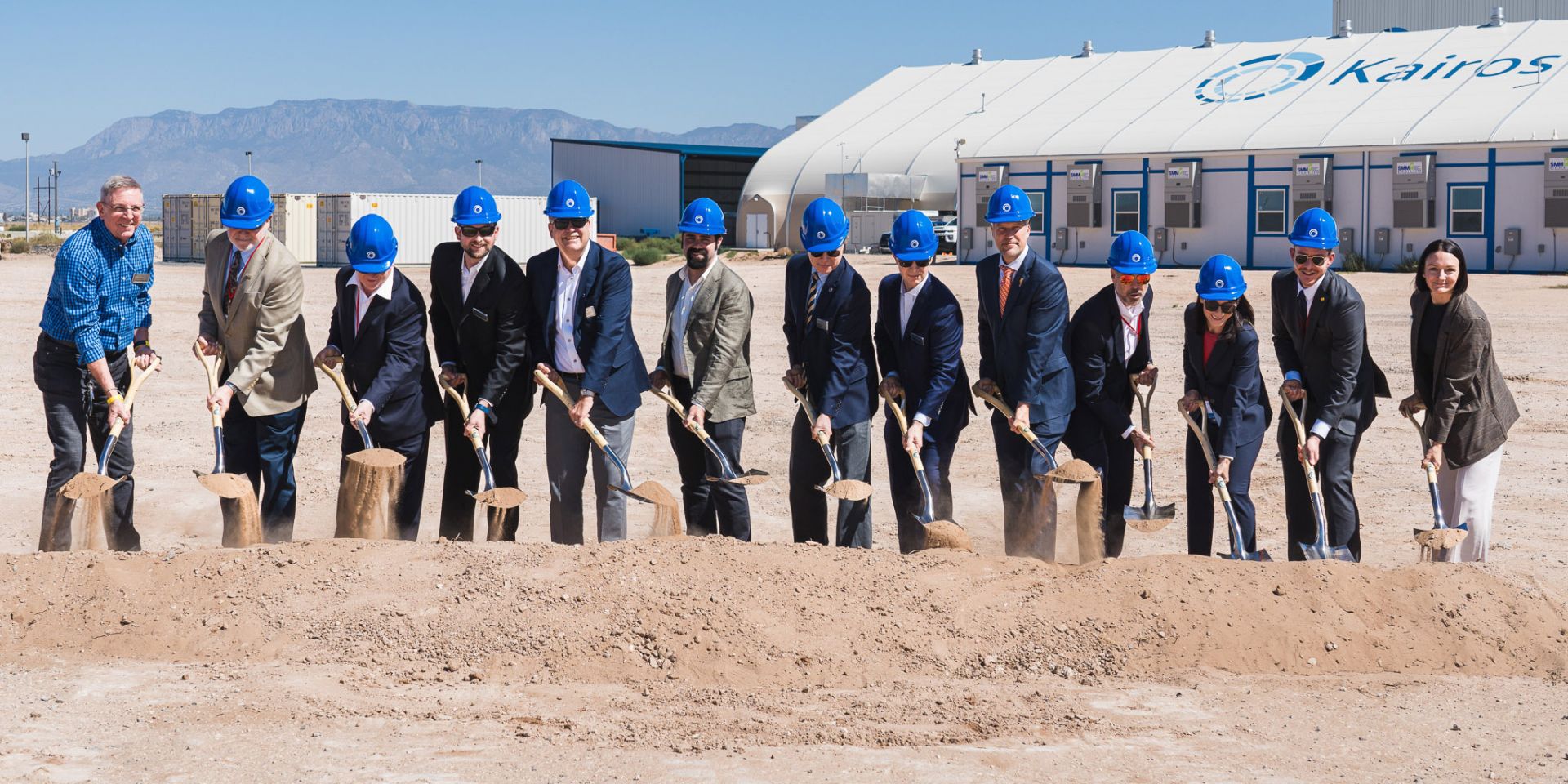
Kairos Power broke ground yesterday on a Salt Production Facility at the company’s newly dedicated Manufacturing Development Campus during an event at a sprawling site in Mesa del Sol, N.M., just south of Albuquerque. The new facility will produce the FLiBe (a mixture of lithium fluoride and beryllium fluoride salts) needed to cool the advanced reactors Kairos Power plans to build, starting with its Hermes nonpower demonstration reactor in Oak Ridge, Tenn., and could be operational and producing salt in 2026, according to an October 3 Department of Energy news release.
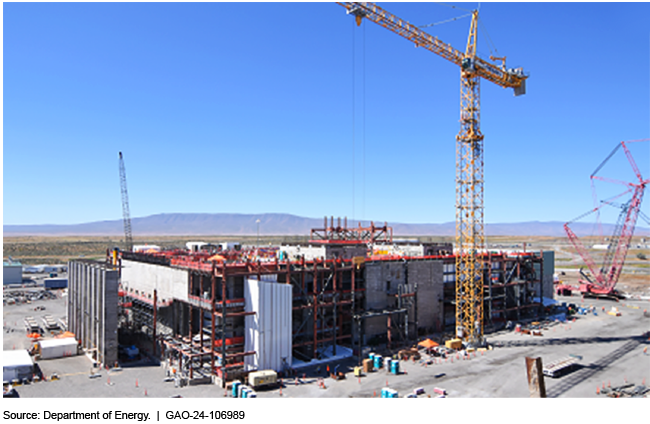
The Government Accountability Office has recommended that the Department of Energy put a hold on construction of its High-Level Waste Facility at the Hanford Site near Richland, Wash. The GAO said design and construction of the facility, part of Hanford’s Waste Treatment and Immobilization Plant, also known as the Vit Plant, should be paused until several actions are taken, including considering other alternatives for managing the site’s high-level radioactive liquid waste.

Uranium prices reached $81.9 per pound on October 1, the highest level in more than a month, according to online information source Trading Economics. The company reported that the last time prices were this high was on August 23, when they passed $82 per pound. Since the beginning of 2024, uranium prices have seen a decrease in price of about $9.10 per pound, or about 10 percent. Those statistics are based on trading on a contract for difference (CFD) that tracks the benchmark market.
President Biden has announced the appointment of six new members to the Nuclear Waste Technical Review Board, an independent federal agency that evaluates the technical and scientific validity of the Department of Energy’s activities related to managing and disposing of high-level radioactive waste and spent nuclear fuel.
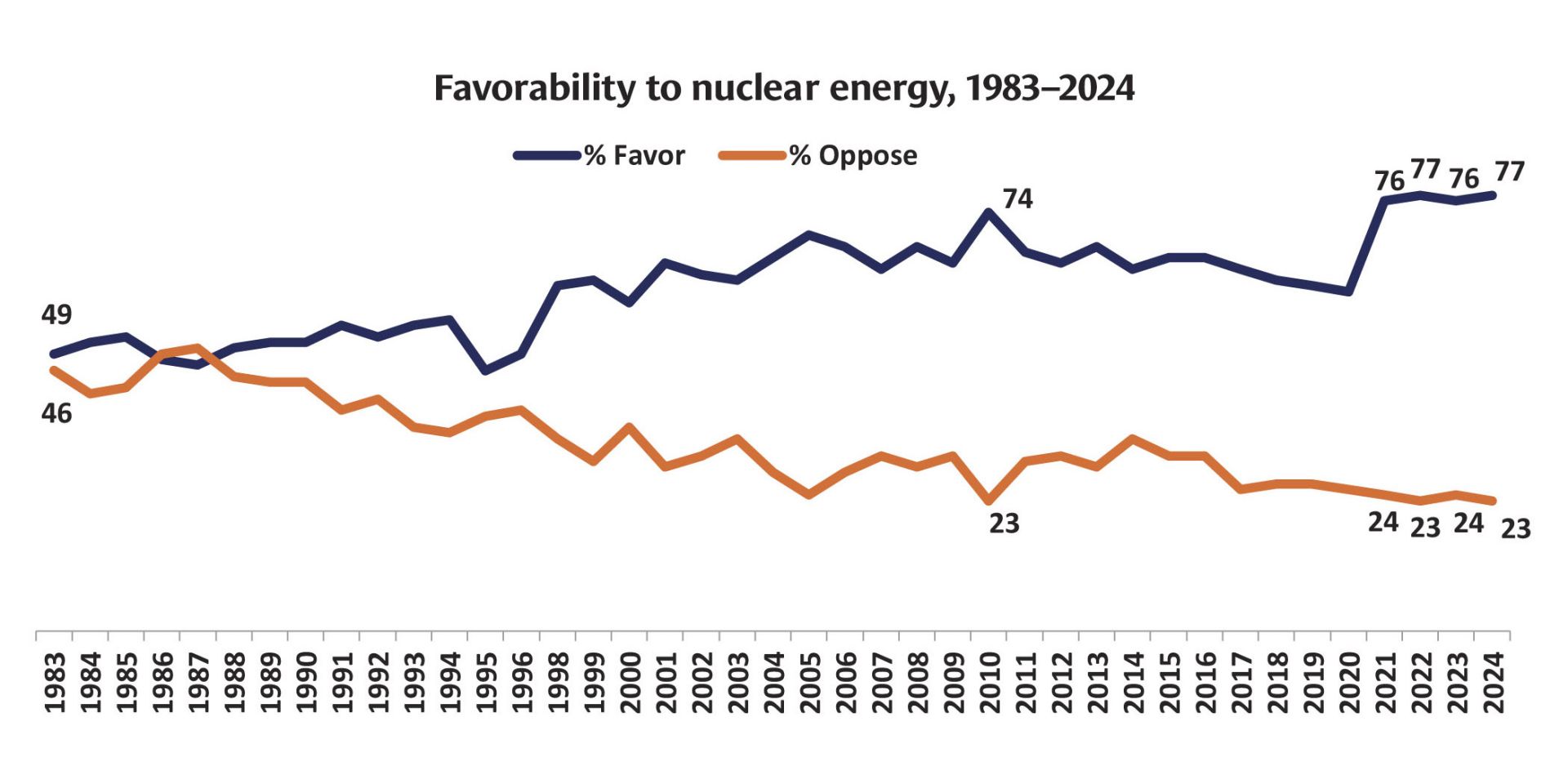
Ann Stouffer Bisconti has been surveying and analyzing the American public’s attitudes and knowledge about nuclear energy for more than four decades. Her research company’s 2024 survey proved to be especially revealing. “The 2024 National Nuclear Energy Public Opinion Survey contained such a wealth of information that I prepared nine reports” to cover all the collected data, she said.
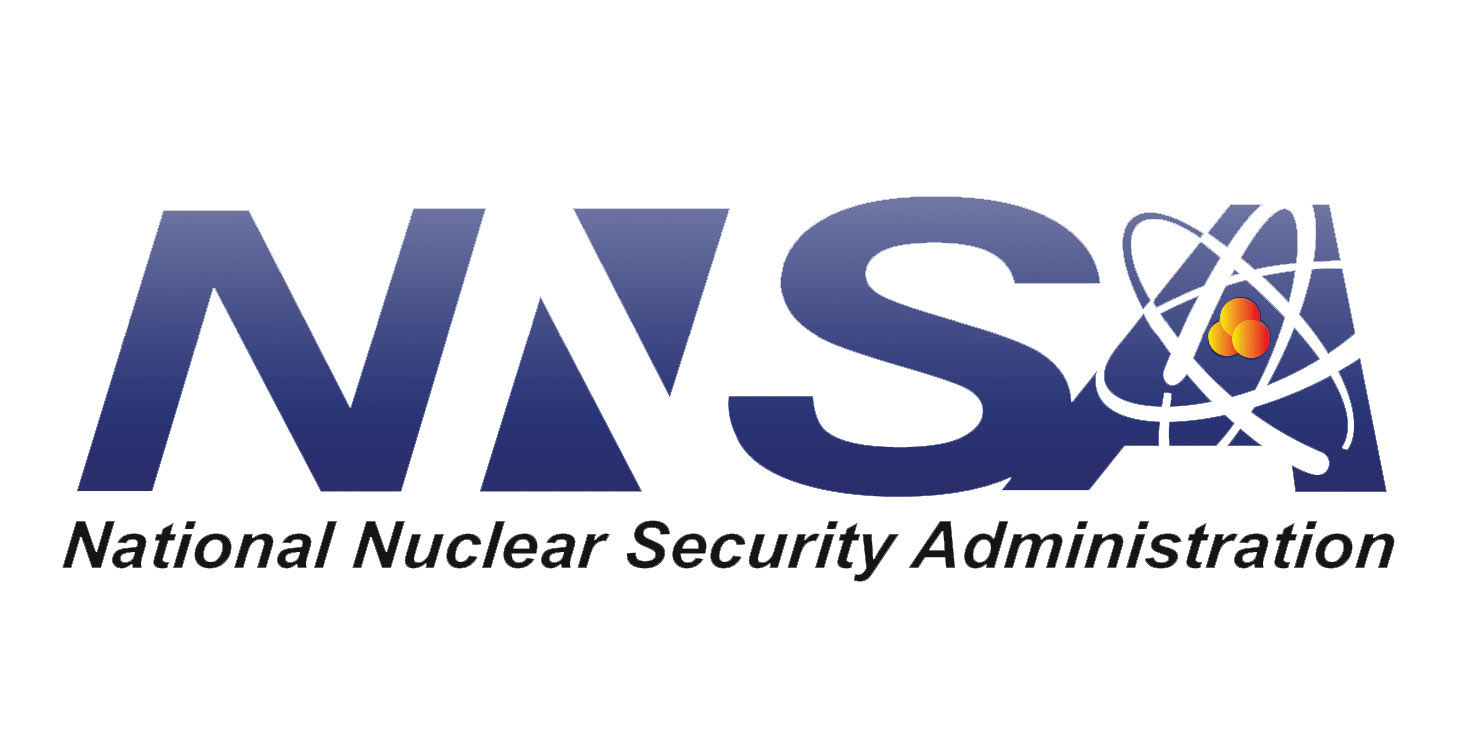
Nearly six years after it was first announced, the Department of Energy has transitioned landlord responsibilities at the Savannah River Site from the Office of Environmental Management to the National Nuclear Security Administration. The shift will align with the start of federal fiscal year 2025.

World leaders outlined an ambitious push and targeted plans for increasing nuclear energy capacity at the Roadmaps to New Nuclear conference, held September 19–20 in Paris, France.